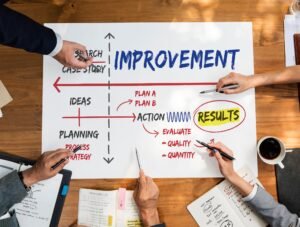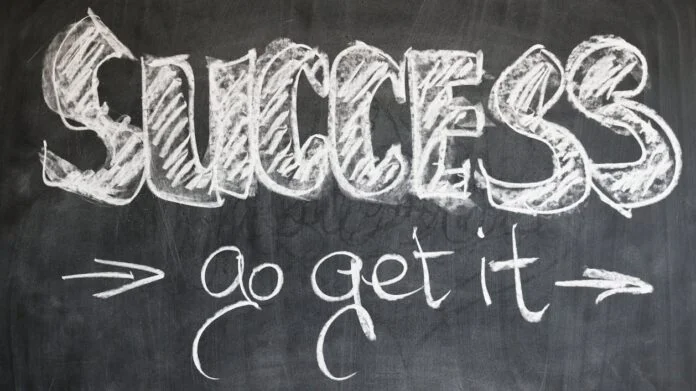Knowing how things change over time is important for really understanding them. It is like seeing how they grow and what might happen next. This idea applies to lots of things, whether it’s how animals evolve, how people mature, or how technology gets better. We will look at this idea. This guide will help anyone curious about how stuff develops and changes in staģes.
What Is Staģes?
Staģes are like different steps or parts in something happening, like a journey or growing up. They are important for understanding things. It is about making choices and helping things get bigger or better. If it’s in how people think, how living things grow, or how businesses work,
Important Staģes in Personal Growth.
- Childhood
When you are a kid, you are learning and growing fast. You are figuring out how to behave and what you value. You are also making friends and learning how to be yourself.
- Adolescence
A teenager is all about exploring who you are. You are figuring out what you like and what you believe in. You are also trying to become more independent from your parents.
- Adulthood
As an adult, you are still learning and growing. You are finding out more about who you are and what you want to do with your life. You are also taking on bigger responsibilities like your job, family, and helping out in your community.
The Benefits of Staģes.
Learning and welcoming the various “phases” of life can make life better. It helps with mental health by getting ready for tough times, makes relationships stronger by knowing what people need as they grow, and makes life happier by matching personal goals with where you are in life.
Staģes Of Life.
Life has different parts that everyone goes through. Every part has things in common, like what we like, what we do, and how we act. There are three main parts of life:
when we Are kids, when we are adults, and when we are old.
But life is not that simple. We are all different. We feel and think different things as we get older.
Big changes often happen when we move from one part of life to another. Like when we leave home, finish school, stop working, or become parents.
How many parts of life are there? Well, that’s up for debate.
Some people say there are nine parts; others say there are twelve.
For some, life starts even before we are born, during pregnancy.
There are lots of ideas about this, but what matters is that we’re all unique. The parts of life ideas just help us understand our experiences better.
Primary education period
In the first years of school, kids are usually between 5 and 12 years old. They start feeling the balance between doing well and not being good enough.

During this time, kids start understanding themselves better. They learn how to handle emotions and make friends.
Learning-wise, they start reading and writing.
When kids feel proud of what they do and get praised, they work hard. But if they don’t get noticed, they might feel like they’re not good enough. When kids feel encouraged, they learn to be good at things.
Teenage years
From about 12 to 18 years old, most people go through a big identity crisis. This means they are trying to figure out who they are and where they fit in the world. They spend a lot of time thinking about their future. And making friends is super important to them.
Teenagers want to be liked and accepted by their friends.
They try out different roles to see what fits them best as they grow up. It’s a time when they are focused on learning about themselves. But it can be confusing.
The key thing for teenagers is sticking to their friendships and relationships. When things get tough. Supportive friends and family help them learn how to build strong connections with others. If they are different,
Early Adulthood
Between ages eighteen and forty, people enter a phase called young adulthood. But at that time, they work on making friends, finding a job, and managing money, which sets them up for the future. The main challenge of this period is balancing closeness with others and being alone.
It’s mostly about how well they connect with people. If someone in their early adult years avoids getting close to others because they are scared of failing, getting hurt, or making commitments, they might end up feeling lonely. They might go through what’s called a quarter-life crisis. But they can also learn from their mistakes.
Get Old
The last part of life, called late adulthood, kicks in when you are over sixty-five years old.
In late adulthood, you start thinking a lot about your life. If you are happy with how things went, you will probably feel calm. But if you are feeling bad about things you did or did not do, you might feel really upset.
Erikson, a psychologist, says older adults feel good about their lives or bad. So, feeling good is called ego-integrity, and feeling bad is ego-despair. The good thing about this stage is that you gain wisdom from all your experiences.
The Future Of Staģes.
Be ready for changes in how things are done in research, schools, and work. Welcome new technology and ideas from different fields that are shaping how we learn about and use new methods.
Final Words:
Different steps are a natural part of getting older and changing. When we use the Sakak model, we get a clear roadmap that shows us what’s coming next. It does not matter if you are just one person, someone who loves technology, or a boss at a company.
So, Knowing and accepting the steps of growing up is super important. If you want to do well and have a big effect, As we keep going, let’s not forget that every step, even the tough ones, helps us achieve more. But, If we go through the steps with a plan and understanding, We make a way for a future that’s both exciting and smart.



